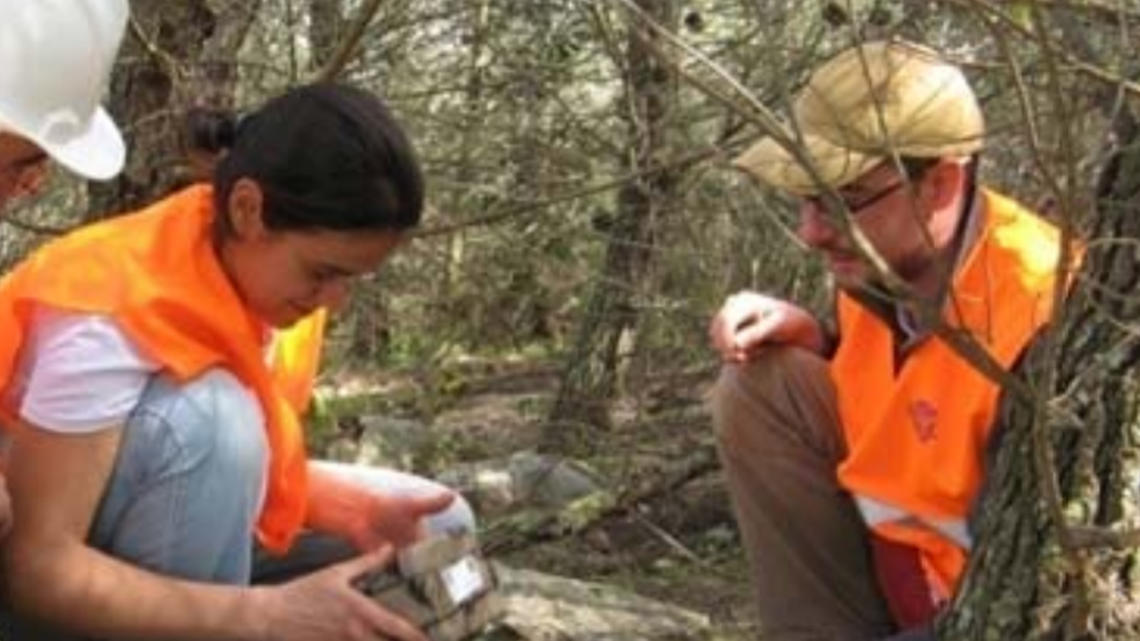Secil‘s “Vale de Mós A” marl quarry (53, 94 hectares) and “Vale de Mós B” limestone quarry (44, 73 hectares) are located in Arrábida Natural Park, Southwest Portugal. The two quarries, surrounding natural area owned by the company, and the plant cover 440 hectares in total.
Known biodiversity
The Parque Natural da Arrábida (PNA) was created in 1976 on account of its ecological, historical and landscape value. The park is dominated by Mediterranean forest, e.g., oak, holm-oak, arbutus-tree, laurel and wild olive. The PNA is known for the fox, badger, genet, wild-cat, weasel and several colonies of bats. Bird life is equally well represented, including birds of prey, e.g., hawk (Falco peregrinus) and Bonneli eagle (Hieraetusfasciatus). Approximately 300 species of butterflies and 450 of beetles have also been identified.
Targets and aims
To carry out a complete study in order to:
- Characterize the fauna community
- Characterize and evaluate the occupation level of fauna in the recovered habitats and compare with natural habitats
- Define measures to encourage colonization by fauna based on results.
Restoration activities
Resource exploitation started from top to bottom, leaving a group of terraces from the top available forrevegetation. Quarry recovery started in 1982 and aimed to recreate the natural habitats surrounding the quarry, which are dominated by Mediterranean vegetation, using native species and promoting natural conditions for fauna occupation. During 27 years of restoration, habitats with different plant communities, age and cover have been established.
Over 16 months from February 2007 to May 2008, a team of biologists investigated five groups of fauna in the different habitats. To compare the fauna occupation levels, three landscape units in two types of soil (limestone and marl) were defined: (i) recovered areas with different ages of revegetation, (ii) natural habitats and (iii) burned areas (natural areas affected by a fire in 2004). The communities of fauna chosen for the study were: insects (butterflies and ground beetles); amphibians (urodelians and anurans); reptiles (saurians and snakes); birds (passeriformes and birds of prey); and mammals (small mammals, bats, lagomorphs and carnivores).
The criteria for selecting the fauna communities were bio-indicators of habitat quality, species with an important role in the early stages of ecological succession (e.g., seed dispersers), and threatened species.
The study was divided into four phases:
- Description of the study area and selection of the sampling locations
- Characterization and assessment of species distribution in the different sampling locations
- Determination of the conservation value of each species and habitat
- Ecological modeling.
Partners
Biology Department, University of Évora
Results
The main results achieved in this study were: (i) number of species; (ii) definition of the priority species for conservation; (iii) comparison between number and priority of species in the different habitats; (iv) definition of the value for conservation for each habitat; (v) identification of the limiting factors that influence the abundance and diversity of species; (vi) definitions of measures to encourage the colonization of fauna.
Innovations/highlights
This study is remarkable since it is located in a natural park involving five animal groups (bio-indicators, prey, important predators) and the assessment of their relation to management options for vegetation (age ofrevegetation, revegetation in terraces and in slopes) using ten sampling locations.
Lessons learned
The study demonstrated the real natural values and the different biophysical components of the territory to sustainably manage the recovered areas. The involvement of all stakeholders and specialized technicians (biologists and engineers) is a crucial step to promote sustainable management.
Further information
- Alexandra Silv,and Julio Abelho, Secil Corporative Technical Centre


